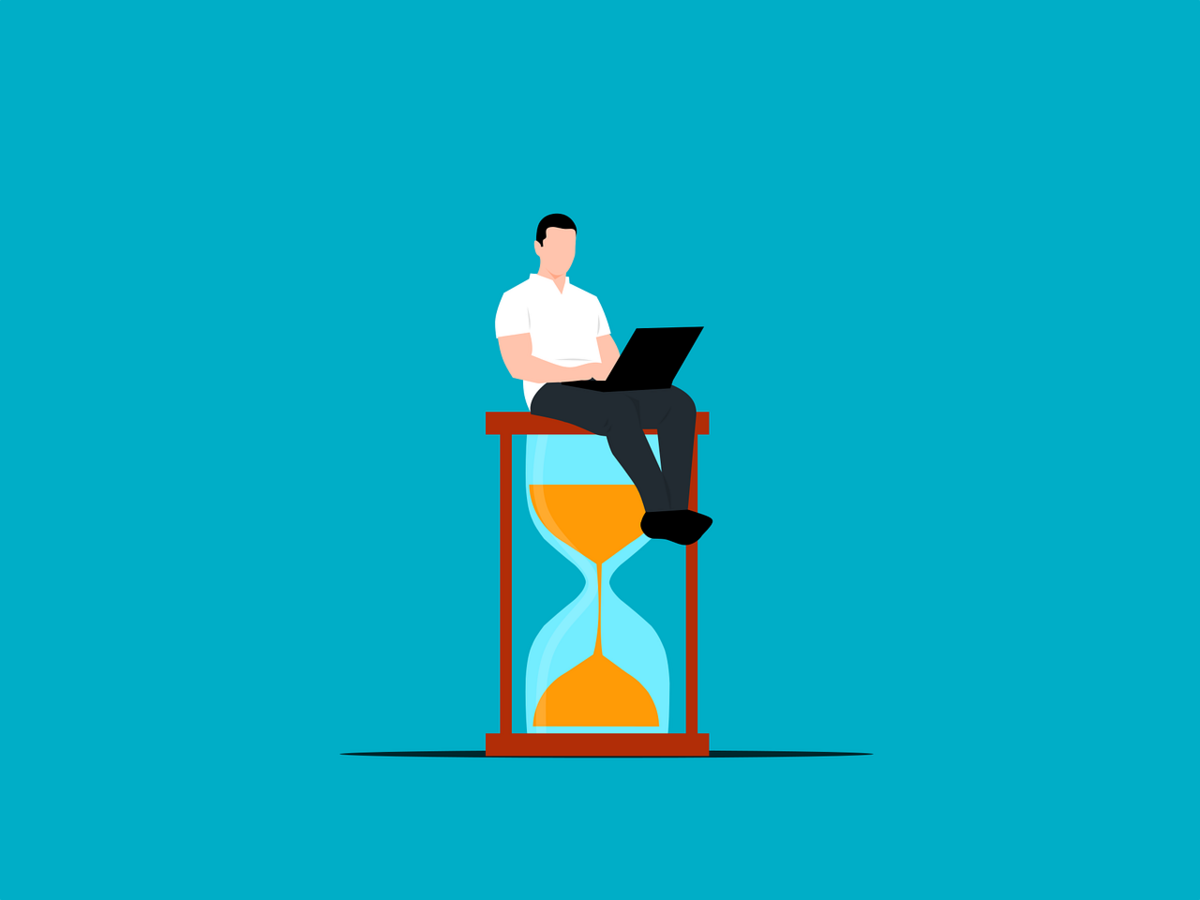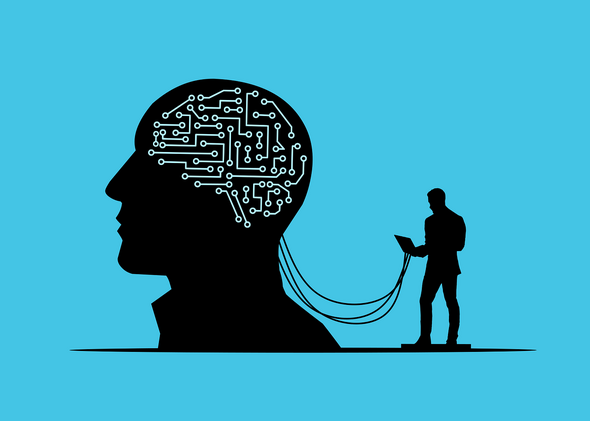Summary:
Flow state, a condition of complete immersion and effortless concentration, can be trained and accessed on demand through techniques like self-hypnosis and anchoring. By creating a physical anchor, such as a thumb-finger gesture, and associating it with peak performance moments, individuals can reliably trigger this state. Consistent practice strengthens the neural pathways, allowing for improved focus and creativity in various settings.
Table of Contents
You know that magical moment when time seems to disappear, your mind becomes laser-focused, and work feels effortless? That's flow state—and it's not just a lucky accident reserved for elite athletes and creative geniuses. Flow state is a trainable skill that you can access on-demand with the right technique.
Most people treat flow as something that "just happens" when conditions are perfect. But what if you could flip a mental switch and enter deep focus whenever you needed it? Through self-hypnosis and anchoring techniques, you can create a reliable trigger that instructs your subconscious mind to enter peak performance mode.
What Is Flow State Really?
Flow state, first identified by psychologist Mihaly Csikszentmihalyi, is a mental state characterized by complete immersion in an activity. During flow, your prefrontal cortex—the brain's "inner critic"—downregulates, allowing for enhanced creativity, faster decision-making, and effortless concentration.
The key mental conditions for flow include:
- Clear goals with immediate feedback
- Balance between challenge and skill level
- Elimination of distractions and self-consciousness
- Present-moment awareness without overthinking
Instead of waiting for these conditions to align naturally, you can train your brain to recognize and enter this state through a hypnotic anchor.
The Science Behind Hypnotic Anchoring
Anchoring is a neuro-linguistic programming technique that links a physical stimulus to a mental state. When you consistently pair a specific gesture, sound, or touch with a desired feeling or performance level, your nervous system learns to recreate that state when the anchor is triggered.
Professional athletes use anchoring all the time—think of a basketball player's pre-shot routine or a golfer's practice swing. These aren't just habits; they're neurological cues that prime the brain for optimal performance.
For flow state, we'll create a kinesthetic anchor that signals your subconscious to enter deep focus mode.
Your 3-Step Flow State Trigger
Step 1: Create Your Physical Anchor
Choose a simple, discrete gesture that you can perform anywhere. The most effective anchor is the "precision grip"—gently pressing your thumb and index finger together. This gesture:
- Activates specific neural pathways associated with focus
- Can be done subtly in any environment
- Connects to your brain's motor cortex, creating a strong sensory memory
Practice this gesture now. Press your thumb and index finger together with just enough pressure to feel the contact. Hold for 3-5 seconds, then release. This will become your flow state trigger.
Step 2: Build the Mental Association
Now you'll link this gesture to your ideal flow state through guided visualization and self-hypnosis:
The Conditioning Process:
- Relax deeply - Find a quiet space and take 10 slow, deep breaths. Let your body sink into complete relaxation.
- Recall peak flow - Think of a time when you were in perfect flow. Maybe you were writing, coding, playing music, or solving a problem. Relive that experience vividly:
- What did it feel like in your body?
- How clear and focused was your mind?
- What was the quality of your attention?
- Amplify the sensation - As you feel this flow state memory intensify, perform your thumb-finger gesture. Hold the anchor for 10-15 seconds while maintaining the peak intensity of the flow feeling.
- Break and repeat - Release the anchor, take a break, then repeat this process 5-7 times in one session.
The key is timing—activate your anchor only when the flow state feeling is at its strongest. This creates a powerful neural pathway between the gesture and the desired mental state.
Step 3: Test and Reinforce Your Trigger
After building your initial anchor, test its effectiveness:
Testing Protocol:
- Sit at your workspace with a challenging but achievable task
- Clear your mind and activate your anchor (thumb-finger press)
- Hold for 5 seconds while setting your intention for deep focus
- Begin working and notice any shifts in your mental state
Daily Reinforcement: (THis is where most people get it wrong - You MUST anchor the trigger by going into and coming out of hypnosis several times in succession - until it happens automatically when you engage your trigger)
- Practice the anchoring process 2-3 times per week
- Use your trigger before important work sessions
- Reinforce it whenever you naturally enter flow by adding your anchor gesture
The more you use this trigger consistently, the stronger the neural pathway becomes. Within 2-3 weeks of regular practice, most people report being able to drop into focused states much more reliably.
Advanced Tips for Flow State Mastery
Environment Design: Create external cues that support your internal anchor. Use the same lighting, music, or workspace setup when practicing your trigger to build environmental associations.
Progressive Challenge: Flow requires the right balance of challenge and skill. Gradually increase task difficulty as your focus abilities improve to maintain the flow channel.
Mindful Transitions: Don't jar yourself out of flow state. When you need to stop working, use a gentle transition ritual to preserve the mental pathway you've built.
Stack Your Triggers: Combine your physical anchor with other sensory cues like a specific scent, sound, or breathing pattern to create a multi-dimensional flow state trigger.
Making Flow Your Default State
The beauty of this technique is its simplicity and portability. Your flow state trigger works anywhere—in meetings, during creative work, while studying, or when tackling complex problems. The more you practice, the more natural it becomes to access peak performance on demand.
Remember that flow state isn't about forcing concentration—it's about creating the right conditions for effortless focus to emerge. Your hypnotic anchor simply gives you conscious control over what was once an unconscious process.
The difference between high performers and everyone else isn't talent—it's the ability to access their peak state consistently. With your new flow state trigger, you now have that ability.
Want to make 'flow' your default state? Our newsletter offers advanced techniques for focus and creativity.



